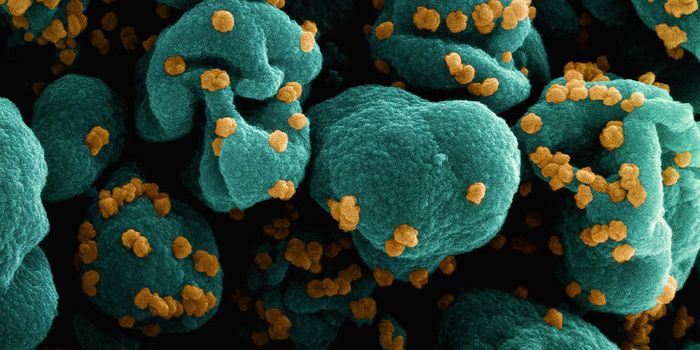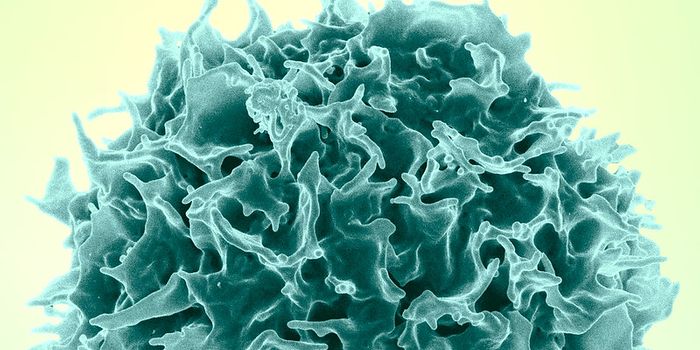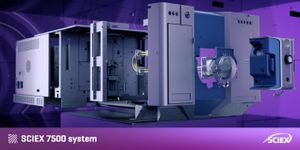What’s as small as a penny, as thin as a sheet of paper, and monitors how bones are healing? A new wireless ‘osseosurface electronic’ device developed by University of Arizona researchers. The technology allows physicians to non-invasively collect a wealth of bone healing data to help craft personalized approaches to orthopedic care.
The research is detailed in the journal Nature Communications.
In osteoporosis, bones of the hip, wrist, and spine tend to lose mass and weaken, making them extremely susceptible to fractures. It is commonly diagnosed in individuals older than 50 and tends to affect women more. Fractures resulting from osteoporosis and other bone conditions occur frequently—they account for more days spent admitted in hospital than breast cancer or heart attacks.
According to experts, this new technology could help manage and even prevent fragility fractures in the future.
“With this interface, you basically have a computer on the bone,” explained Philipp Gutruf, one of the inventors of the device. “This technology platform allows us to create investigative tools for scientists to discover how the musculoskeletal system works and to use the information gathered to benefit recovery and therapy.”
Being ultrathin is a major advantage of the sensor, as it prevents the implant from irritating surrounding muscle tissue during movement. It also allows the device to hug the surface of the bone tightly, wrapping around the curvatures and indentations of bones to form a tight interface with it.
In addition, the bone monitor works without the need for batteries. It is powered by near-field communication (NFC), the same technology used by smartphones for contactless payments.
The device was designed to be worn permanently, such that physicians can record healing measurements over long periods. The adhesive used to stick the implant to the bone contains calcium and has a similar microscopic architecture to the bone.
“The bone basically thinks the device is part of it, and grows to the sensor itself,” said Gutruf.
Ultimately, the insights generated from this technology would allow doctors to keep track of how bones are healing and help make data-driven treatment decisions, such as knowing the optimal time to remove healing hardware such as screws or rods surgically.









